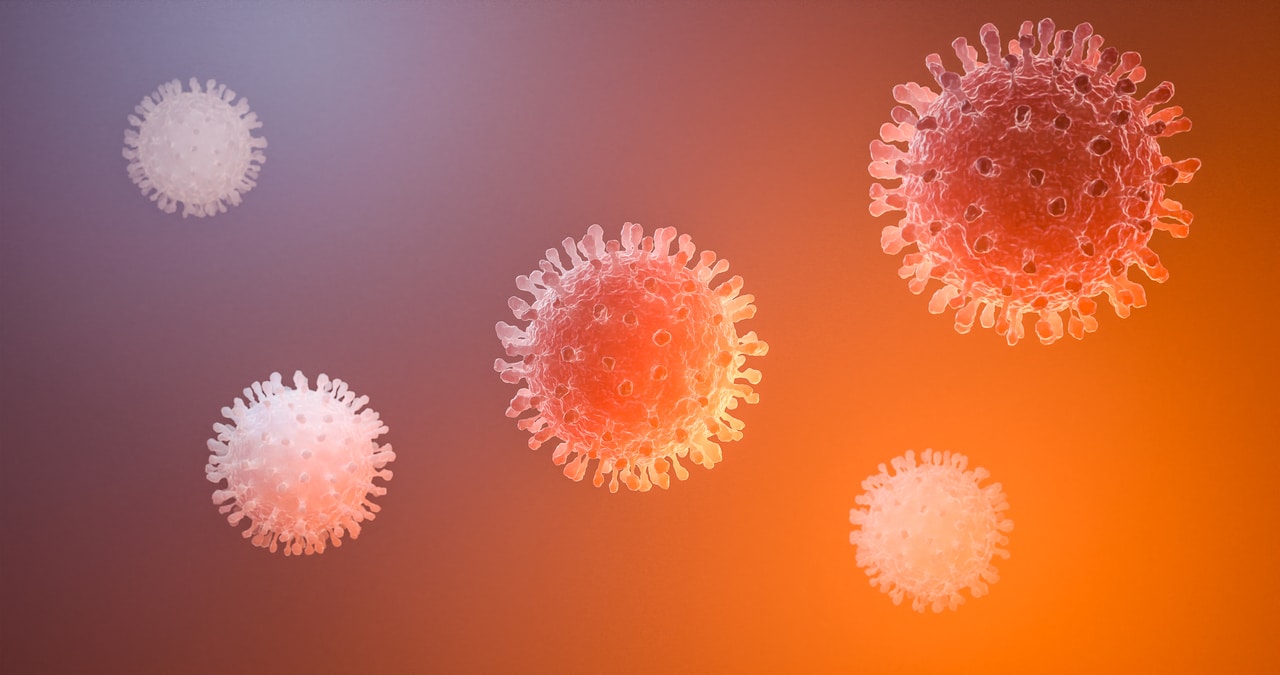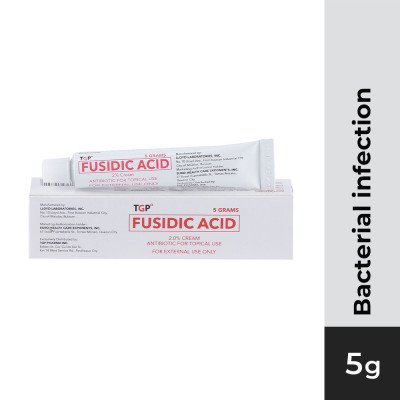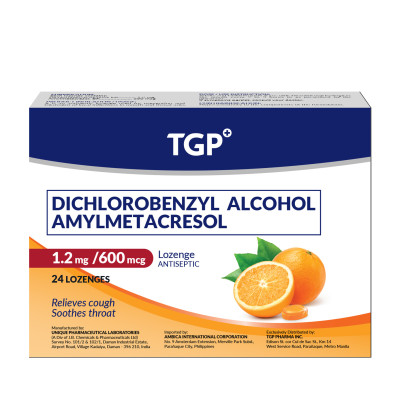A bacterium is a single-cell organism. It can survive on its own inside or outside of the body. Bacteria can exist in water, soil, surfaces, and even our bodies. Not all bacteria are harmful, though. While most bacteria are harmless or can even be useful for the body, some can cause bacterial infections.

What are bacterial infections?
Bacterial infections are infections caused by bacteria. They can be mild, severe, or even deadly. Examples of bacterial infections are whooping cough, strep throat, eye infection, and food poisoning.
What are the causes of bacterial infections?
A bacterial infection happens when bacteria enter the body, multiplies, and causes damage to the body. Bacteria can enter the body through an opening such as a cut or wound, through the airways, or even through food or water.
What are the symptoms of a bacterial infection?
Bacterial infection symptoms will depend on what kind of bacteria is causing the infection as well as the location of the infection.
Some general symptoms of a bacterial infection are:
- Fever
- Feeling tired or fatigued
- Swollen nymph nodes including ones in the neck, armpit, groin
- Headache
- Nausea or vomiting
What is the treatment for a bacterial infection?
Most bacterial infections respond to antibiotics. Antibiotics can either prevent the bacteria from further multiplying or kill them altogether. This gives the body’s immune system the chance to fight off the bacteria.
The exact antibiotics to be used will depend on the bacterial infection being treated. Your doctor can prescribe what is called a broad-spectrum antibiotic which works against many types of bacteria.
There are also antibiotic-resistant bacteria, though, which can be more difficult to treat. For this your doctor may prescribe more potent types of antibiotics which are reserved for serious bacterial infections.


